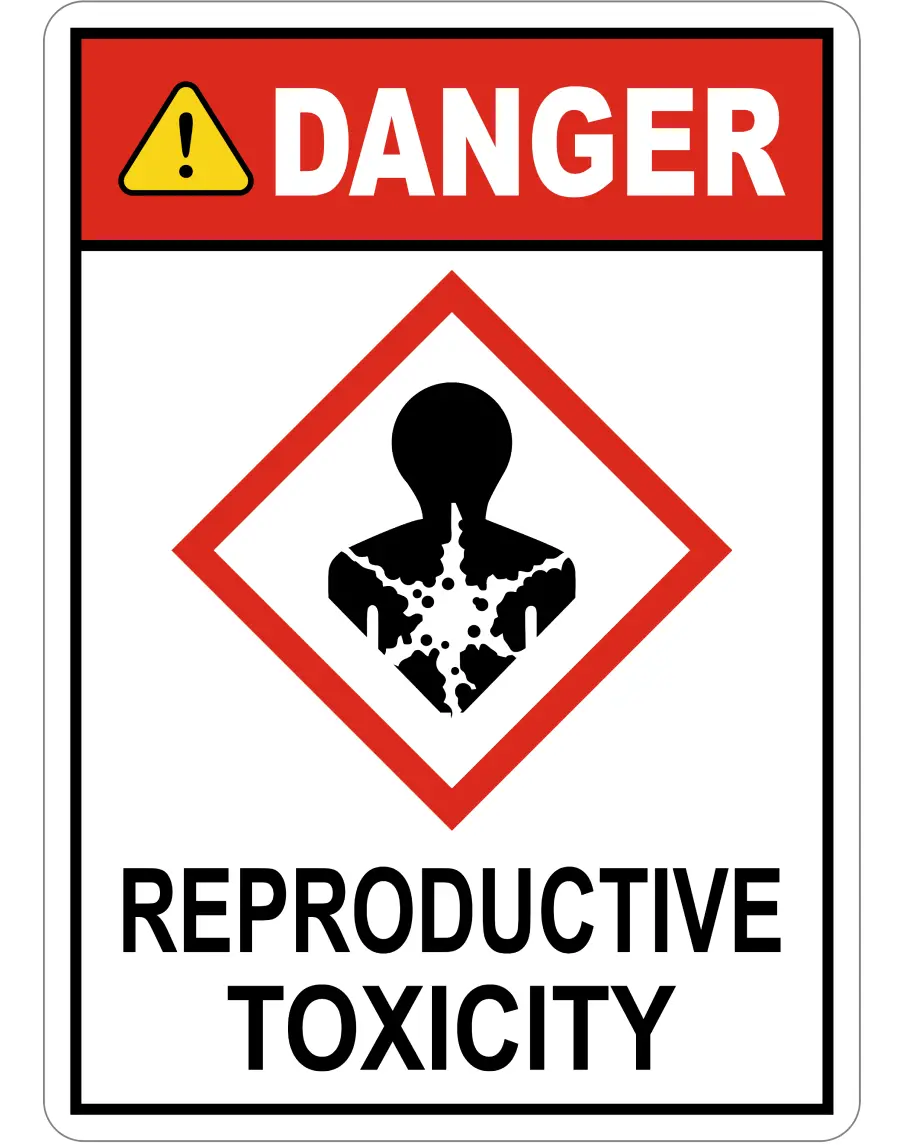




Quick Links:


It is a fundamental principle that employee exposure to substances that are hazardous to health should be prevented, or where this is not reasonably practicable, adequately controlled. Particularly Hazardous Substances (PHSs) are substances that include select carcinogens, reproductive toxins, and substances that have a high degree of acute toxicity as identified in the Safety Data Sheet.
The program applies to all KAUST researchers, staff and students working within KAUST Research laboratories who have a PHS exposure scenario.
This program stipulates the control measures that are necessary to ensure the health and safety of laboratory users when working with PHSs, and an online training module in Salute to provide training and information to laboratory users and their supervisors.

A reproductive toxin is defined as a chemical "which affects the reproductive capabilities including chromosomal damage (mutations) and effects on fetuses (teratogenesis)."
A number of reproductive toxins are chronic toxins that cause damage after repeated or long-duration exposures and can have long latency periods. Women of childbearing potential should be especially careful when handling reproductive toxins. Pregnant women and women intending to become pregnant or men seeking to have children should seek the advice of their physician before working with known or suspected reproductive toxins.
It is important to be aware of the threats to reproductive health and prevent potential reproductive hazard exposures for male and female employees and students who work with known and suspected reproductive toxins, including chemical, biological, radiological and physical agents. HSE is available to respond to concerns or questions on reproductive hazards, conduct workplace hazard assessments and provide recommendations to address or eliminate specific reproductive risks. This free service can be requested by completing the confidential Reproductive Hazard Assessment Form. As with any particularly hazardous substance, work involving the use of reproductive toxins should adhere to the Guidelines for Working with Particularly Hazardous Substances.